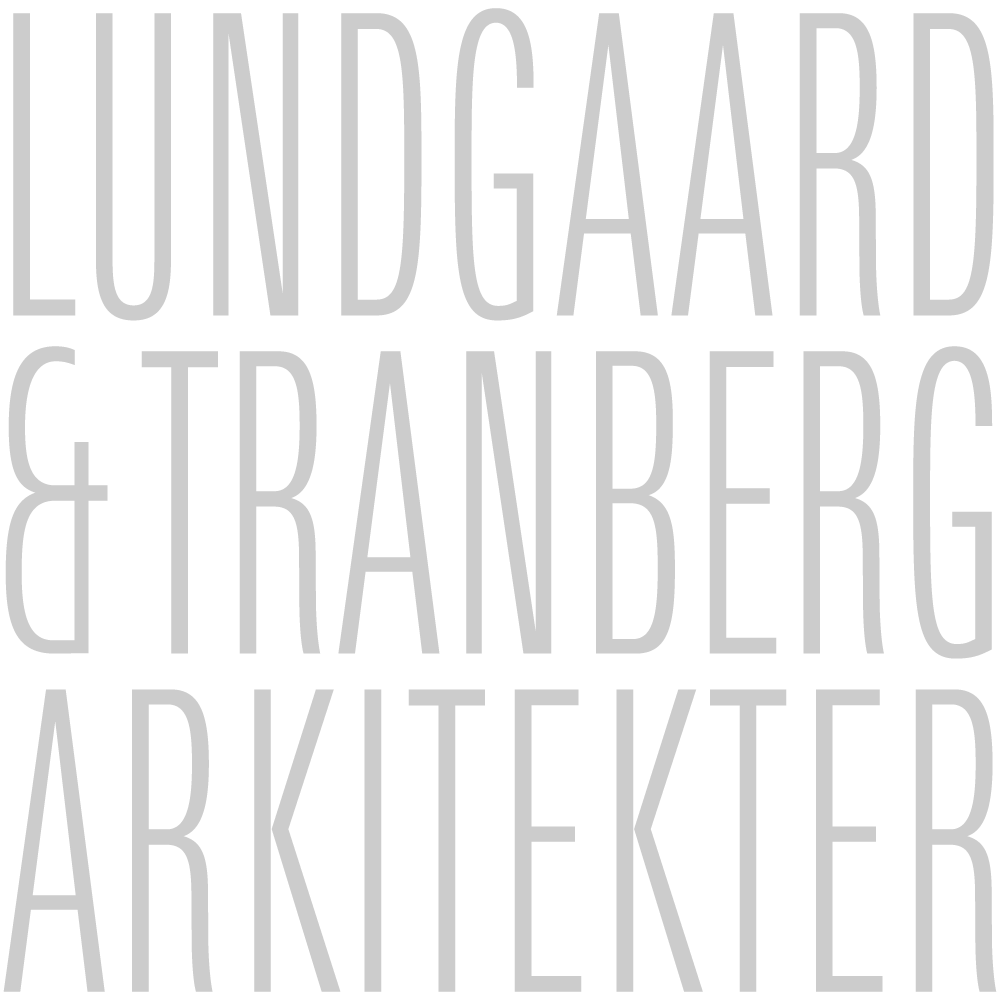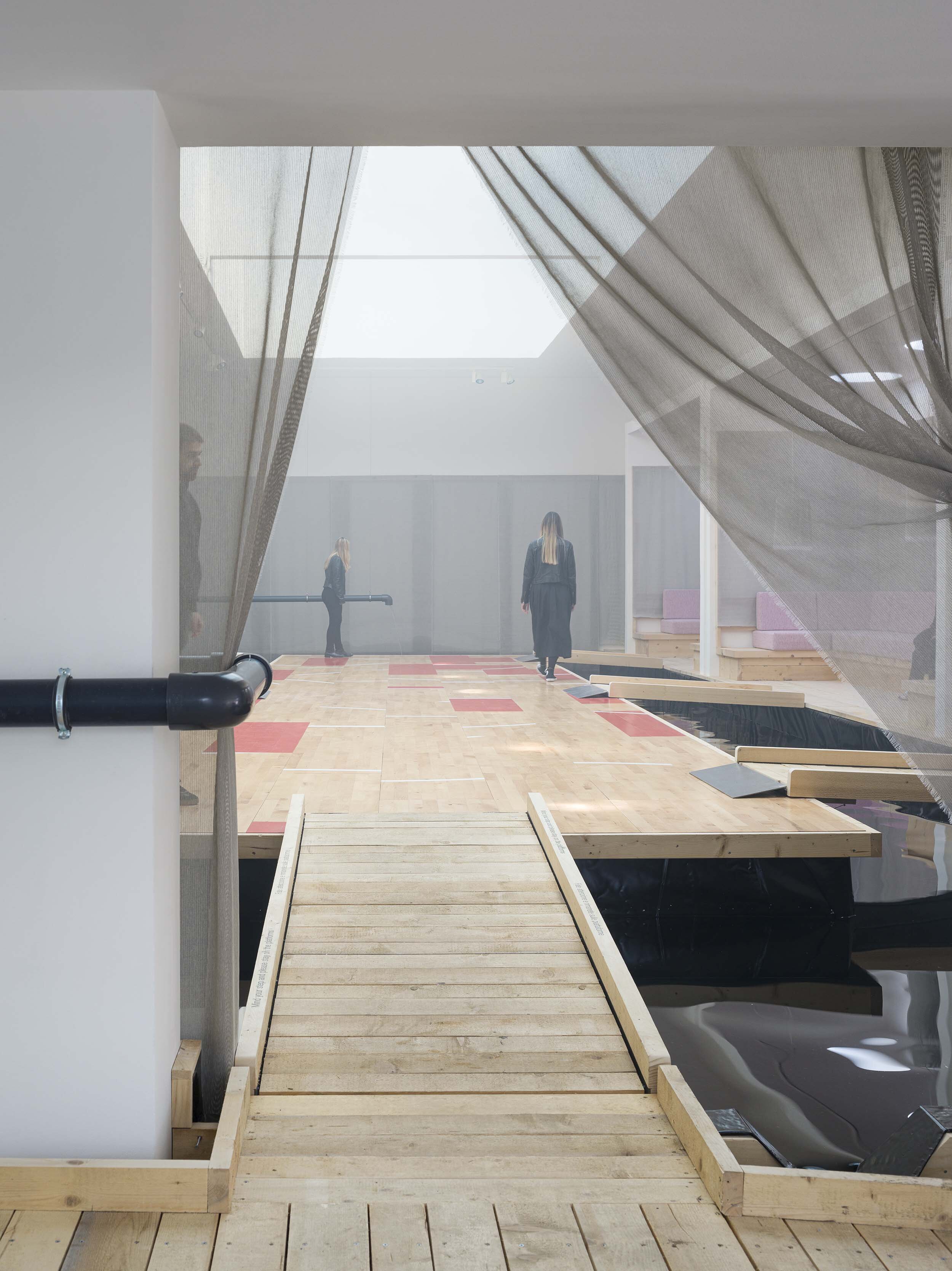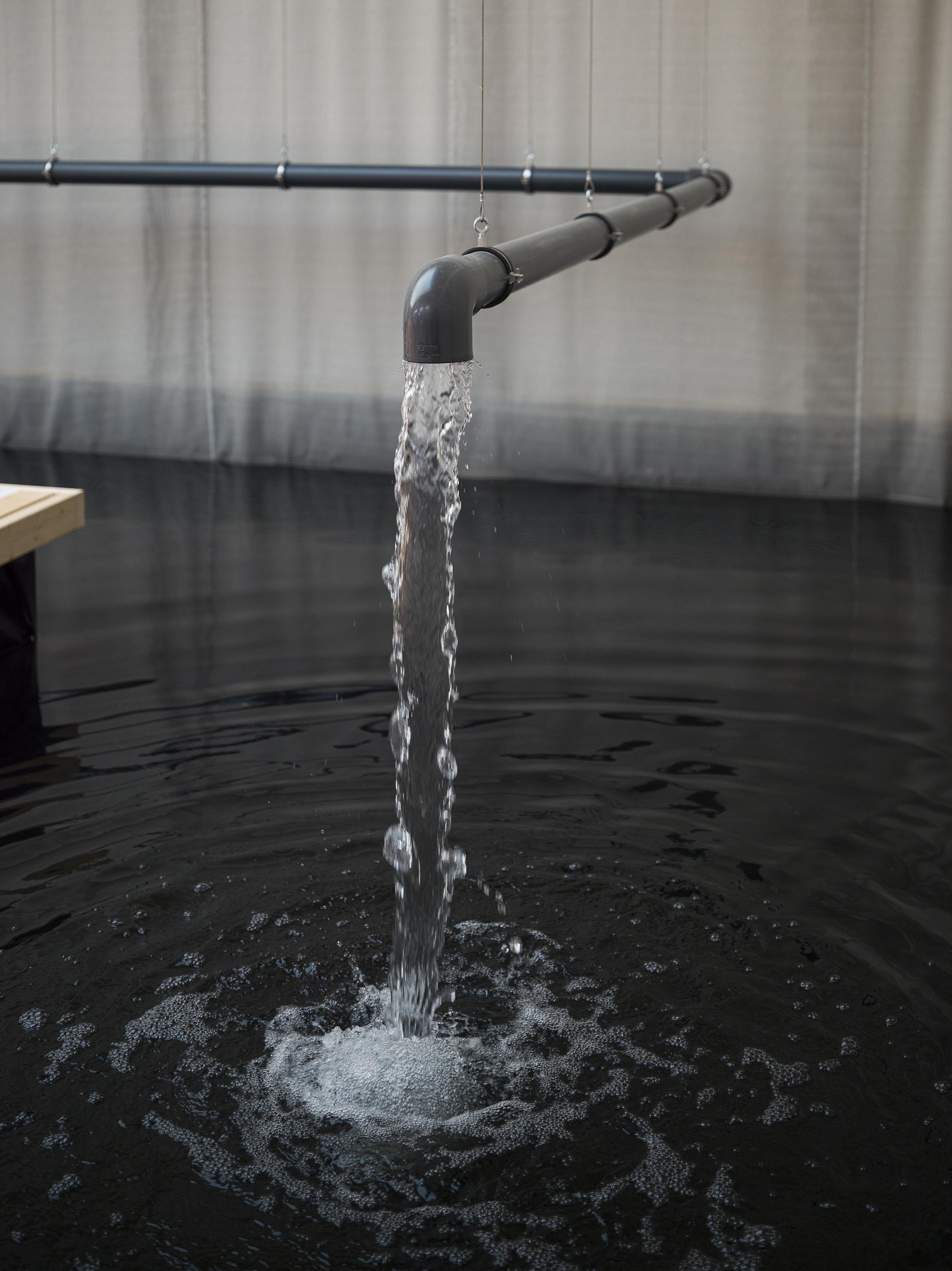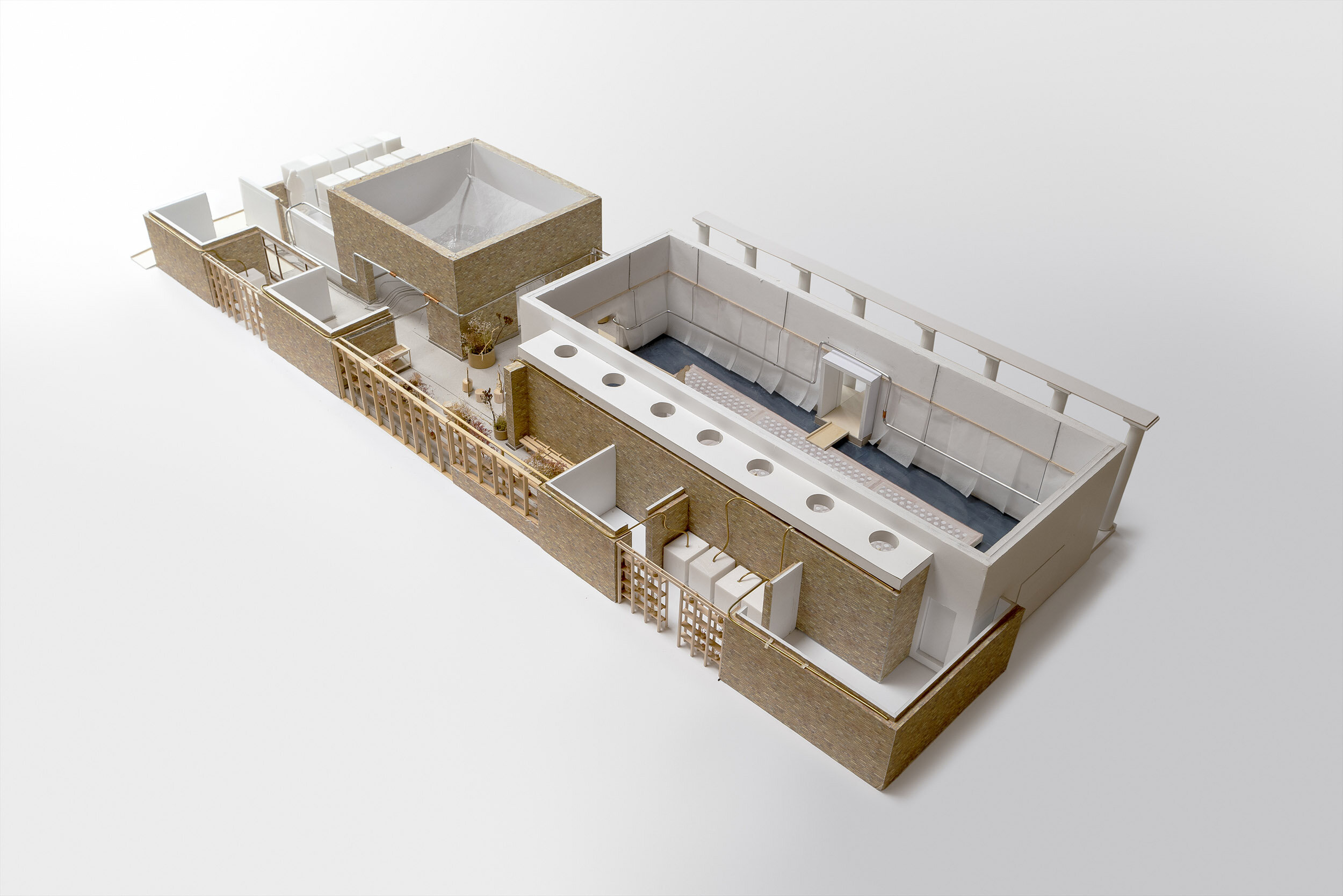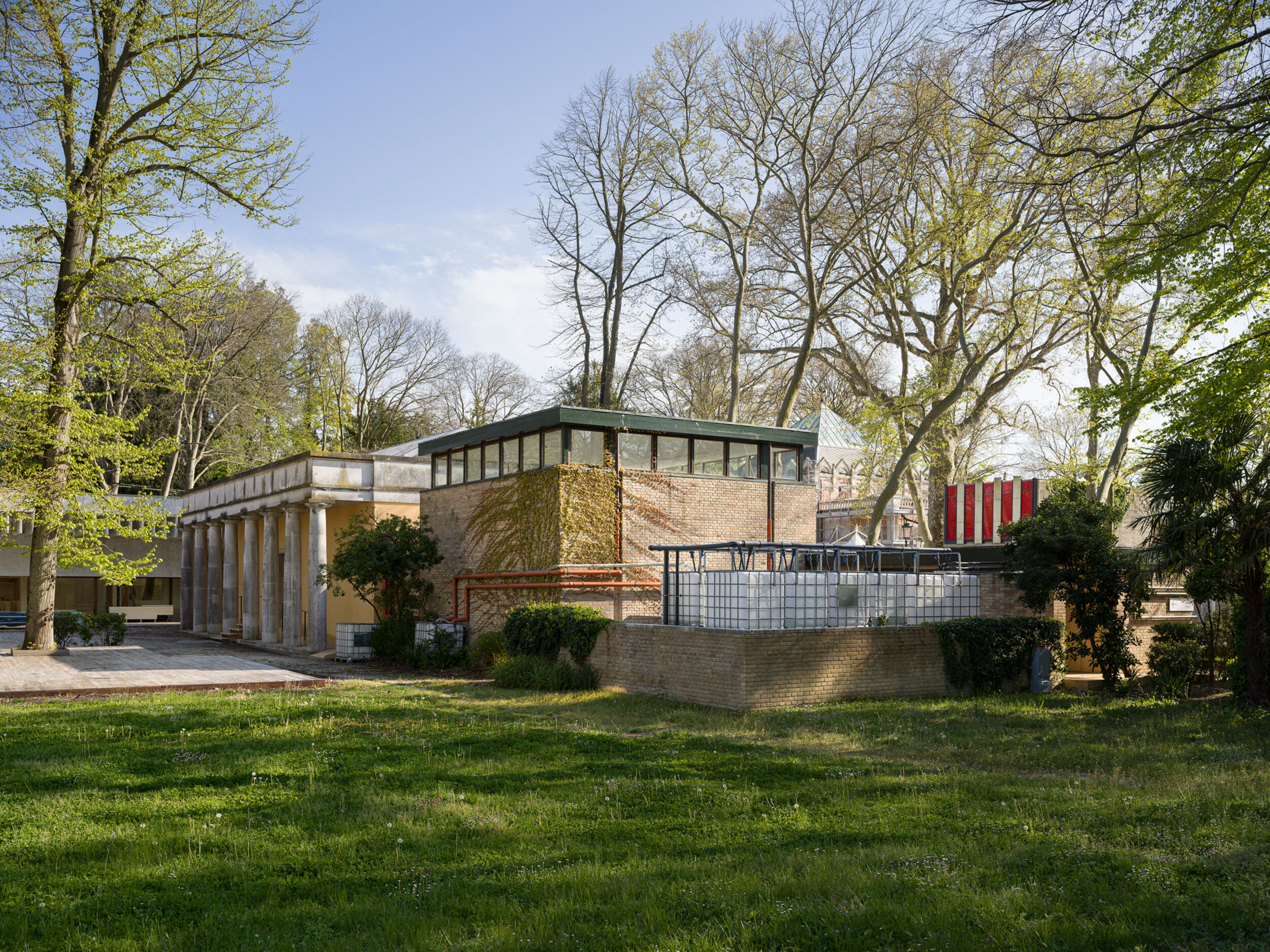con-nect-ed-ness
Type
Total installation
Address
Giardini della Biennale, Venice, Italy
Curator
Marianne Krogh
Commissioner
Danish Architecture Center on behalf of
Ministry of Culture Denmark
In collaboration with
Realdania
Statens Kunstfonds Legat- og Projektstøtteudvalg
for Arkitekter
Artistic advisor
Finn Reinbothe
Photo
Hampus Berndtson
Film
Frederik Jacobi
Year
17th International Architecture Exhibition,
La Biennale di Venezia, 2021
Foundations
Beckett-Fonden
Dreyers Fond
Ny Carlsbergfondet
Knud Højgaards Fond
Bestles Foundation
Sponsors
Kvadrat
Mads Nørgaard
HAY
Junckers
STARK
Blå Kors
Røde Kors
The Danish Pavilion, Venice Architecture Biennale 2021
For centuries nature has been perceived as something inherently different from ourselves. Now the climate, the economy, politics and social conditions show us the consequences of this disconnected world view. How can architecture help develop a new, meaningful relationship with the world as a place where humanity recognizes that everything is part of a larger whole, that everything is connected?
How will we live together? That is the theme of this year’s Biennale. The question is also a call for action: we need to find new ways to inhabit the world. When it comes to creating a new foundation for our life together, architecture holds a unique potential. Every time we build, we suggest a way for people to live together. The same is true when we exhibit architecture: we test something that might one day become possible.
In the pavilion, we seek to make the circulation of water visible as a way of demonstrating how everything is connected. This visibility is a step on the path to an immediate sensory experience, which can help us see our own place in the greater whole. To sense that we too are nature.
Water carries time, disaster, life, the others
All life depends on water. Water exists everywhere on the planet in a dynamic system that the exhibition in the Danish Pavilion connects to. Collected rainwater from Venice is invited in, sensed and then flows out of the pavilion again. While exploring the various spaces of the exhibition, visitors can become part of the cyclic system by drinking a cup of tea brewed with leaves from the lemon verbena plants in the pavilion that absorb water from the cyclic system. Through living bodies, evaporation, photosynthesis and percolation, people and water engage in a sensory experience; we meet and influence each other.
The water in the pavilion is collected rainwater – who knows where it has been before and where it will go next? Who knows what other bodies, countries and centuries it has passed through? The cyclical flow and immanent boundlessness of water tie past, present and future together and preclude any possibility of isolating ourselves from each other. The water carries time, disaster, life, the others. It flows through our shared spaces.
When we speak, we are nature speaking
Architecture invariably relates to nature, even when nature is out of sight. Nature is the basis of all life, it’s energy, rhythm, balance. When we build, we can allow these phenomena to influence architecture to enable a direct experience of our relationship with nature: perhaps in the way the building volumes condense and expand, the way the light flows into a space or the sensation of natural materials against the skin. The connection between us and our surroundings can be vibrant, enabling us to get in touch with the constant change that is nature’s premise and with the world’s interconnected natural cycles and systems. Here lies a potential for a new world view that not only assigns value based on economic growth but sees wealth in variation, (bio)diversity and connectedness.
The exhibition was created in a partnership based on this shared view of the world, this sense of connectedness in consideration of the Danish author Josefine Klougart’s words:
“When we speak, we are nature speaking; when we think, we are nature thinking; when we subdue nature out there, we are nature subduing something inside ourselves.”
‘Connectedness’, in Connectedness – An Incomplete Encyclopedia of the Anthropocene, Strandberg Publishing, 2020
In the almost cubic Koch Hall we used a white suspended fabric sheet that collects water that is sprayed from the circuit pipes above. We were early on quite intrigued by this element as a spatial compressor, though quite transparent at the same time, almost like a cloud. At regular intervals, surges of water roll in from the foyer forming puddles of various sizes on the floor under the sheet.
The large Brummer Hall is a place for both interaction and contemplation. Moving through the large hall visitors are invited to explore their relationship with other visitors. A passage between the platforms is possible via narrow footbridges where visitors must yield to each other.
Water from the pipe system flows into the water basin at the far end of the hall.
While exploring the various spaces of the exhibition, visitors can become part of the cyclic system by drinking a cup of tea brewed with leaves from the lemon verbena trees planted in the pavilion – trees which also absorb water from the extensive cyclic system.
⠶ Culture
